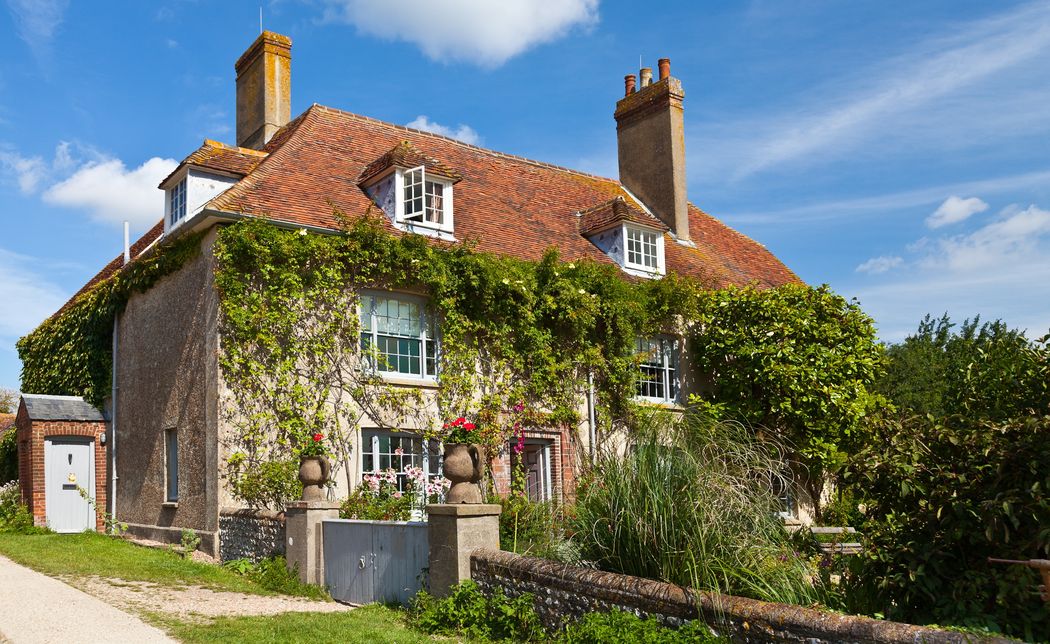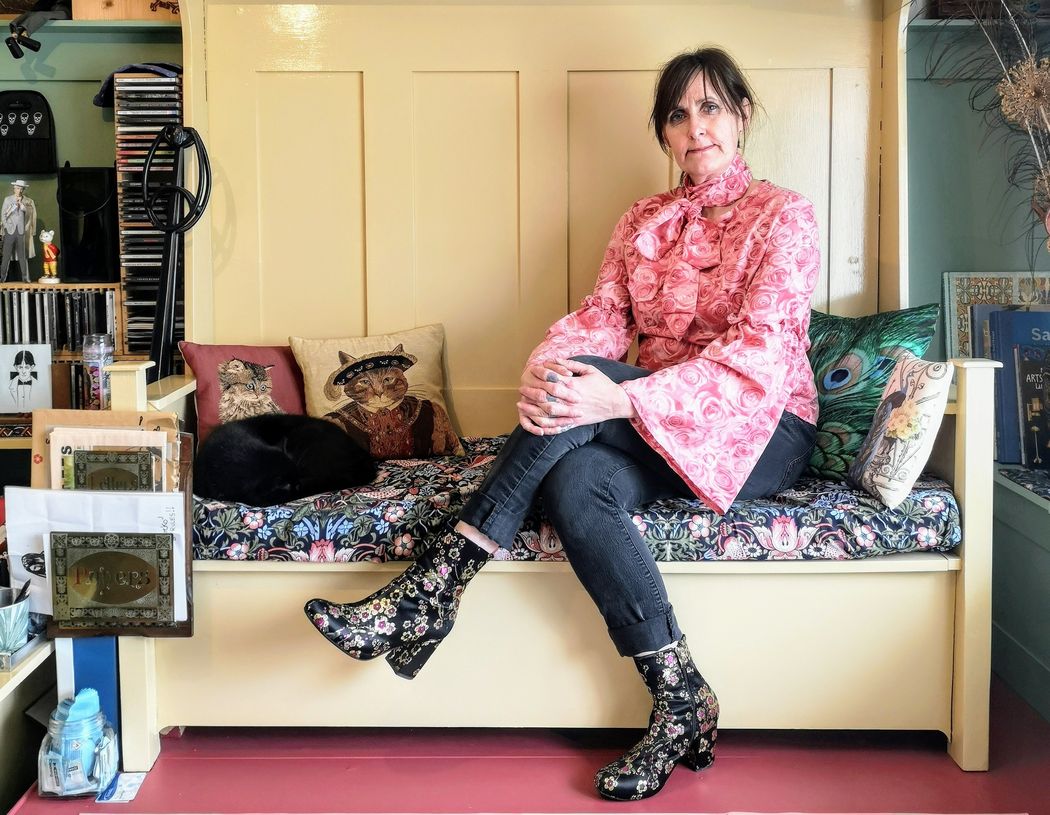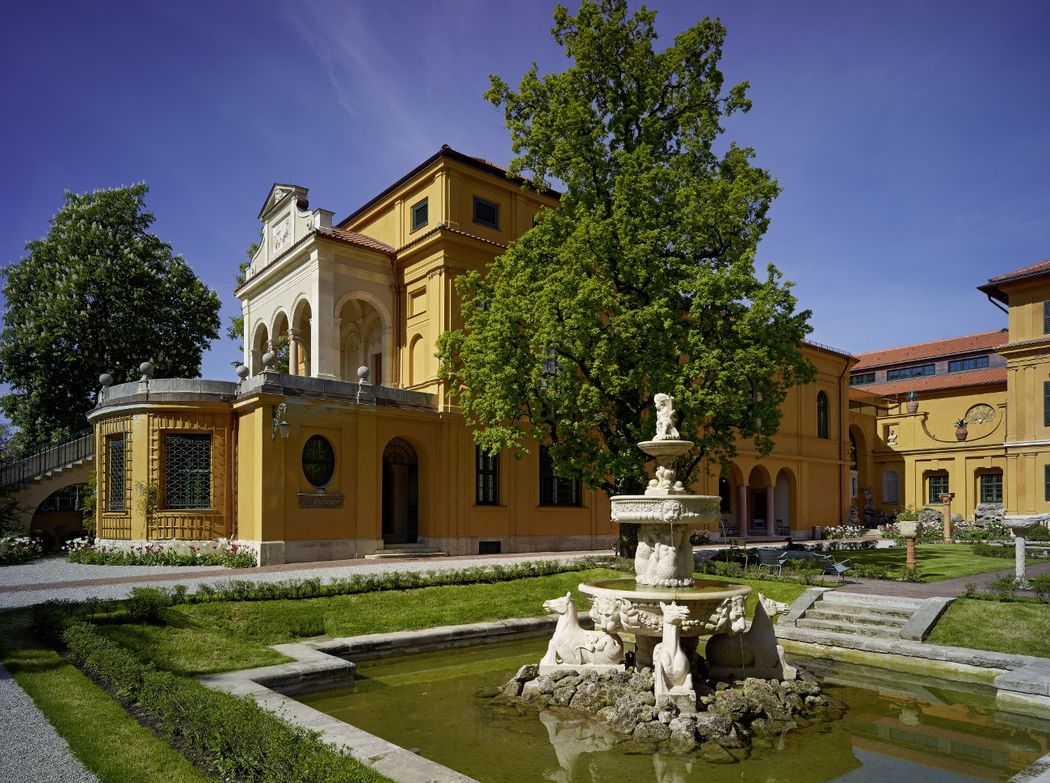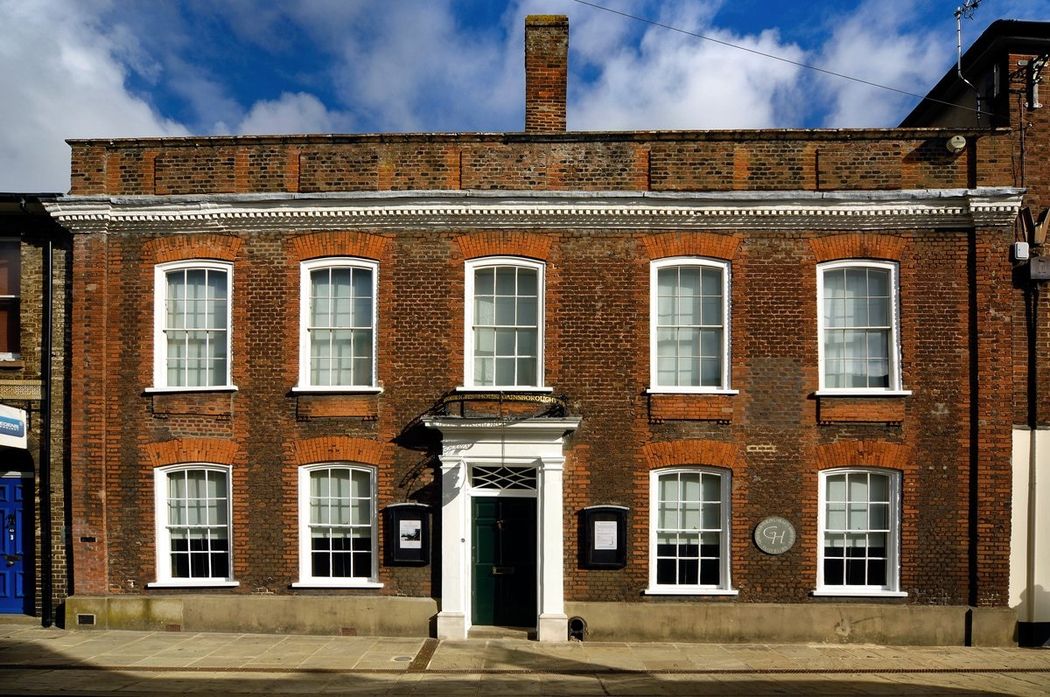Online exhibitions & digital festivals
Innovative virtual trips to Studio Museums across the globe
Over the past few months many of the museums in the Artist's Studio Museum Network have undergone huge upheavals. As museums begin to reopen in China and Germany for lots of house museums with limited footprint and intimate spaces the road to reopening is challenging to say the least. Luckily, these places of inspiration continue to innovate and inspire.
This round up of some of the digital resources currently being run by museums within the network includes an online festival, expert interviews and meditative art in motion videos! Explore all the digital offerings from ASMN museums in the last roundup or the exhibition's section of the website by searching for 'online', 'digital' or 'virtual'.

Charleston Festival at Home
Charleston Festival is one of the oldest and most prestigious interdisciplinary festivals in the world which usually hosts around 100 speakers at 40 staged events over 10 days.
This year the Charleston Festival is going digital so you can join the events from your home, all over the world. This ten day online event includes talks from Tom Stoppard, Leila Slimani, Ai Weiwei and more in the full schedule between the 15th and 25th of May.
Charleston is a house, garden and art gallery situated in the spectacular South Downs National Park. From 1916 it was the home of artists Vanessa Bell and Duncan Grant who were key members of the Bloomsbury group. Charleston Festival takes place each May in the gardens of Charleston. It celebrates the creativity, intellectual curiosity, radicalism and openness of Vanessa Bell, Duncan Grant, Virginia Woolf and the artists, writers and thinkers of the Bloomsbury group who all gathered at Charleston and dared to imagine society differently.
Art in Motion videos from Musée Delacroix
The Musée Delacroix is located in the apartment and the studio occupied by the painter Eugène Delacroix from 1857 to 1863. It's a secret place at the heart of Paris, in the famous Saint Germain des Prés neighborhood. Enjoy the unique charm of the place by watching the Art in Motion videos.
The museum collection, assembled with the creation of the museum in 1932, boasts over a thousand artworks by Delacroix—paintings, drawings, prints, writings—and objects that belonged to him, as well as artworks created by artists who admired him. Discover few of them in motion on the website and the YouTube Playlist Musée-Delacroix.
The increasingly ageing Delacroix moved from the fashionable artists' district of Nouvelle Athens to rue de Furstenberg in December 1857, attracted by its proximity to the Church of Saint-Sulpice, where he was working on the decoration for the Saint-Agnes Chapel. 'My apartment is decidedly charming', he wrote in his Journal of 28 December 1857, 'The view of my little garden and the cheerful appearance of my studio always make me happy'. He lived and worked in this peaceful haven until his death in August 1863.

'A Space of One's Own' Online Exhibition from the David Parr House in Cambridge
How important is it to have our own private space? Do you have a particular room or space that represents the person you are, or how you like to live?
These were the questions that were asked in the formulation of an exhibition called 'A Space of One's Own' at the Museum of Cambridge (then the Folk Museum) back in 2009. Based on photographs by Alexandra Murphy, interviews and text by Jane Phillimore and curated by Tamsin Wimhurst, the exhibition explored these questions through a series of 'portraits'.
With the unexpected closure of the house due to the outbreak of Coronavirus, this tale recounted on every public tour by our house guides has fallen temporarily silent. However, confined to our homes, surrounded by our 'things', and with plenty of time for reflection, a vibrant conversation about a space of one's own has never seemed more pertinent. Returning to our roots, our 2020 edition of the exhibition begins with Elsie's contribution to the original exhibition, revisits portraits by Shelley and David, and explores these same questions through a series of poignant new portraits drawn from individuals with a close connection to the David Parr House.

Online Collection from Lenbachhaus in Munich
Today you can discover a full collection of over 1500 artworks on the Lenbachhaus website. The Lenbachhaus building was sold to the City of Munich on Lenbach's death in 1929, along with its furnishings, interior decorations and a selection of Lenbach's paintings. The Florentine-style villa had been purpose-built for the artist in 1887-1891 by the popular historicist architect Gabriel von Seidl (1848-1913). The studio building in the south wing was the first part to be built, and everything from the Classical columns along the street-facing facade to the Königsplatz square location situated Lenbach at the centre of Munich cultural life.
On its presentation to the state of Munich, the building was expanded by Hans Grässel (1860-1939). Today, the gallery displays a wide variety of works by Munich painters and contemporary artists, with a particular strong collection of work by the Blue Rider group. A large part of this collection was donated to the Städtische Galerie by Gabriele Münter on the occasion of her eightieth birthday in February 1957.
'My Favourite Gainsborough' interviews from Gainsborough's House
As one of the most important artists in eighteenth century Britain, Thomas Gainsborough's influenced countless nationally significant artists from John Constable, Paul and John Nash to Maggi Hambling. Over the past five years Gainsborough's House have asked artists, curators and critics to select their favourite Gainsborough work and explain what it means to them. Here is a selection of those responses.
Thomas Gainsborough was born here in 1727, the fifth son of nine children. He spent much of his childhood sketching in the landscape surrounding Sudbury, establishing the love of landscape that would run throughout his later career. He trained in London, where he became part of the St Martin's Lane community of artists that also included William Hogarth (1697-1762) and Francis Hayman (1708-1776). On returning to Sudbury in 1746, following his marriage to Margaret Burr, Gainsborough worked as a portrait painter to the local gentry, before moving to nearby Ipswich, and then, in 1759, to Bath, where he established himself as a portrait painter to the aristocracy.
